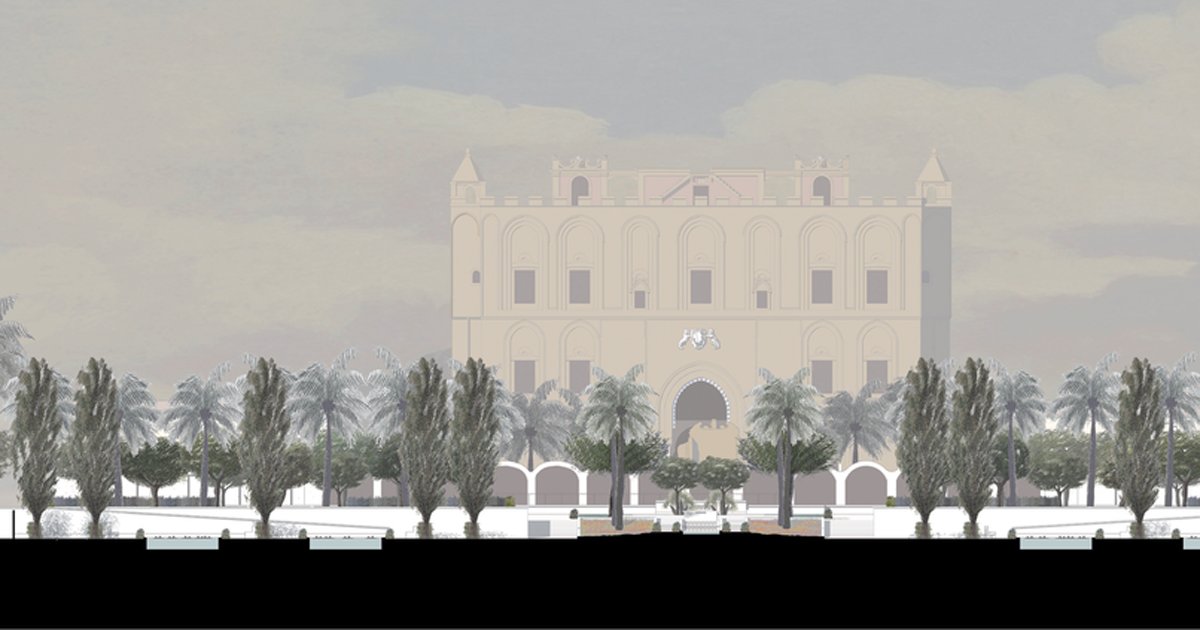
Ibn Gubayr, Arabic-Andalusian traveler and poet visiting Palermo in 1185 A.D., writes in his book "Journey to Spain, Sicily, Syria and Palestine, Mesopotamia": «The King’s palaces are around his neck like jewelry encircles the necks of the breast-filled girls, and he among the gardens and circuses turns around constantly between delight and amusement».
In the twelfth century, the thriving city of Palermo is in fact surrounded by parks and gardens made by the Normans who, adopting the customs of Arab predecessors, realized outside the city walls «beautiful gardens and pleasant parks».
Now no traces remain of these royal parks: the only witnesses are the remaining buildings which symbolized the royal Norman power throughout the kingdom.
The study of the Normans gardens system in Palermo is very difficult due to the lack of remains and is complicated by the absence of the iconographic sources.
This work aims to collect as much information as possible and useful elements for a redevelopment of the areas belonging to the remains of the Norman buildings.
On the basis of that, the main examined sources have been:
- iconographic sources
- literary sources
- analysis of ancient water and agricultural system
- typological analysis of royal buildings
- comparison with similar gardens
- analysis on main Persian and Andalusian agricultural manuals
All the obtained information was joined in a volume and summarized in a new intervention proposal for one of these royal parks: the Zisa garden.
The study of Alessandra Cini faces a fascinating subject of great interest and relevance: the history and transformation of the gardens of the Arab-Norman Palermo during the XIIth-XIIIth centuries. The investigation starts with a morphological and hydrological analysis of the territory of ancient Panormos, followed by the study of the origin and development of those extraordinary complexes that were the gardens of the Norman period: places of delight for leisure, with refreshing water basins, fountains, fragrant vegetation and magnificent pavilions for rest.
Cini studies the gardens and their pavilions through the literature: in absence of paintings or drawings, written sources are the only documents that describe the splendour of those places. Fallen into oblivion since the sixteenth century, they were damaged or have disappeared, while the buildings took on different uses, were transformed or destroyed. It is only until the mid-nineteenth century when, in a renewed climate and under the influence of exotic eclecticism involving the European continent, several initiatives were launched focused to recover the Norman architecture and its unique pavilions.
Alessandra Cini proposes, in conclusion of her study, a project for the garden of La Zisa, based on historic descriptions and medieval agriculture treatises. It is a project that, without renouncing to use contemporary language, aims to establish an atmosphere coherent and appropriate to the undeniable value of the building.